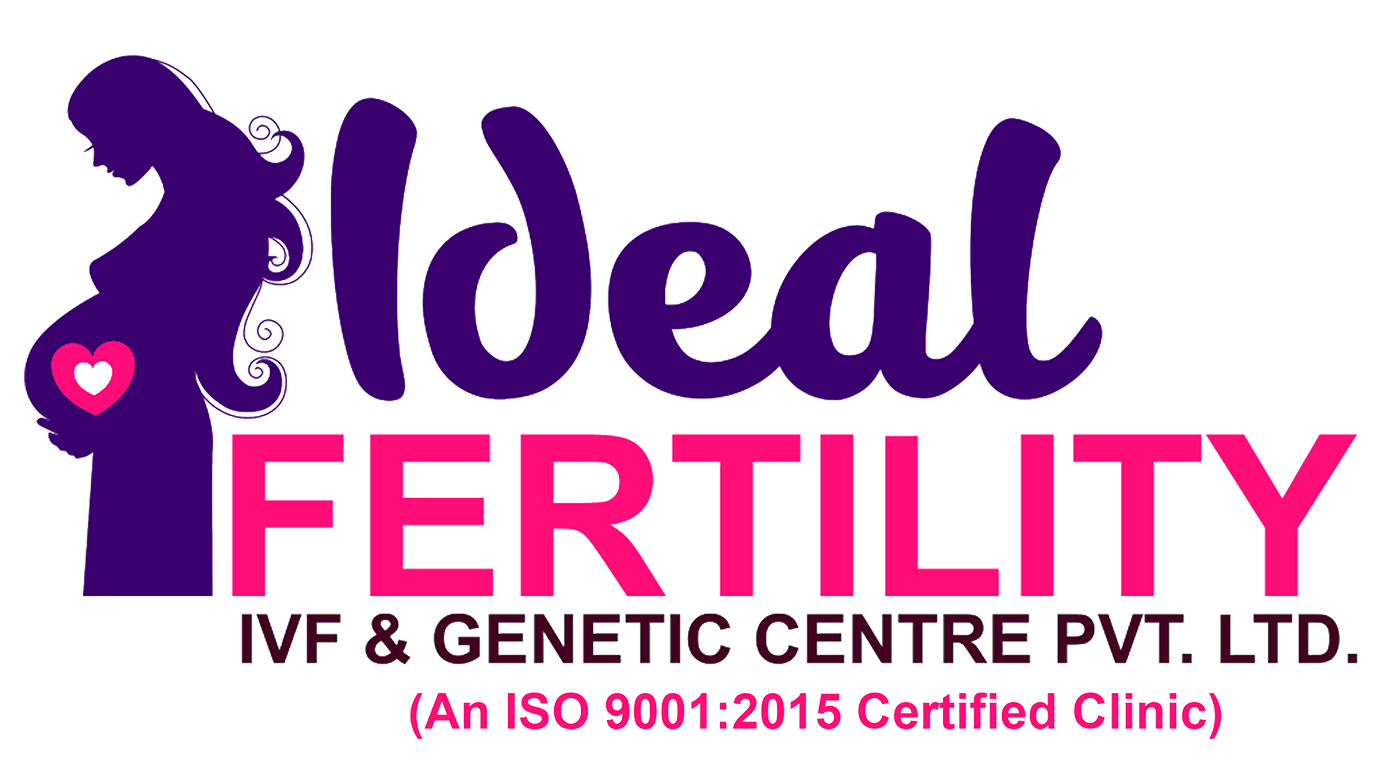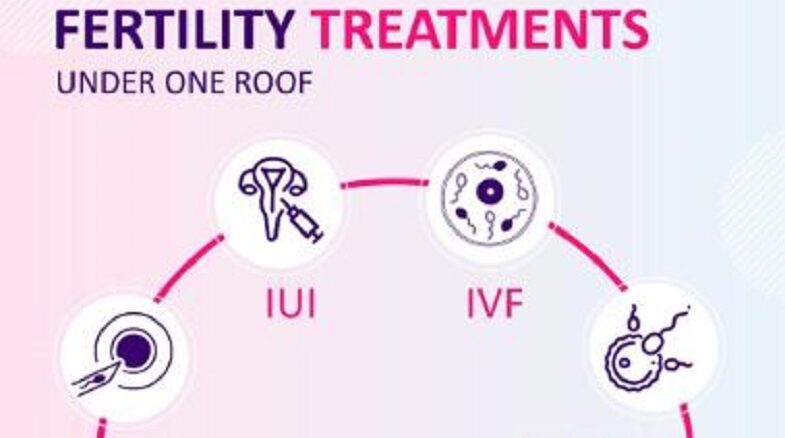Table of Contents
Fertility issues affect millions of individuals and couples worldwide, and the reasons behind infertility can vary. Thankfully, advancements in medical technology have introduced a variety of fertility treatments designed to address different challenges. This article explores the most commonly used fertility treatments, shedding light on their purpose, methods, and potential outcomes, along with additional insights into why these treatments are needed. Understanding these treatments can help those dealing with infertility make informed decisions about their reproductive health journey.
1. Why Fertility Treatments Are Needed?
Fertility treatments are essential for many individuals and couples who are unable to conceive naturally due to various medical, genetic, or lifestyle-related factors. Infertility affects millions of people worldwide, and the reasons for fertility challenges can be multifactorial, involving both male and female partners. In some cases, the root cause may remain unexplained, adding further emotional stress to those trying to conceive. Below are some key reasons why fertility treatments are increasingly becoming a necessity.
A. Rising Age of Parenthood
With more individuals and couples choosing to delay parenthood due to career, education, or personal choices, age has become a significant factor in fertility decline. Women’s fertility starts to decline in their 30s and significantly drops after the age of 35. Similarly, age affects male fertility, leading to reduced sperm quality and motility. As a result, fertility treatments like IVF and egg freezing are often recommended for older couples to enhance their chances of conception.
B. Lifestyle and Environmental Factors
Lifestyle choices such as smoking, excessive alcohol consumption, poor diet, and lack of exercise can severely affect fertility. Environmental factors, including exposure to toxins, chemicals, and pollution, can also impact both male and female reproductive health. Fertility treatments help individuals who face infertility due to these factors by offering medical interventions to overcome the obstacles that lifestyle factors may present.
C. Unexplained Infertility
In about 10-20% of cases, infertility may be classified as “unexplained.” Despite undergoing comprehensive diagnostic testing, some couples are unable to determine the cause of their infertility. For these couples, treatments like IUI and IVF are often the best solutions, providing a controlled environment for conception and bypassing potential unknown barriers to natural conception.
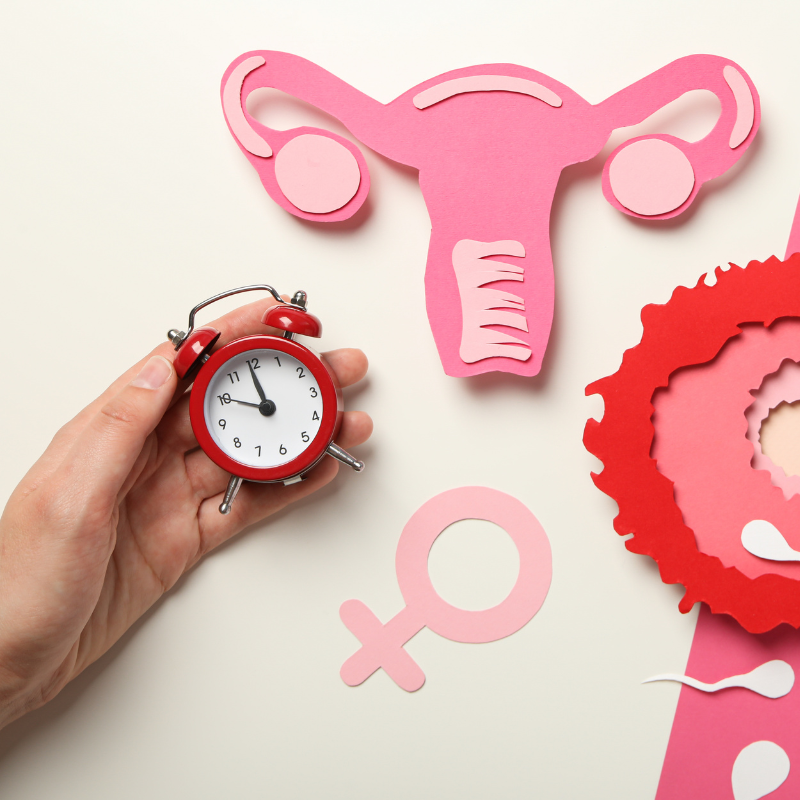
Ovulation Induction
Purpose:
Ovulation Induction is often the first step in fertility treatments, aimed at women who do not ovulate regularly or at all. Ovulation is a critical process in reproduction, as it involves the release of an egg from the ovaries, which is essential for natural conception. For women with irregular cycles, Ovulation Induction helps stimulate the ovaries to produce and release eggs, increasing the chances of conception.
Method:
Ovulation induction involves the use of medications such as Clomiphene Citrate or Gonadotropins, which help regulate the hormones responsible for egg production. The goal is to stimulate the ovaries to produce a mature egg, ready for fertilization during intercourse or assisted reproductive technologies such as Intrauterine Insemination (IUI) or In Vitro Fertilization (IVF). This treatment is typically combined with careful monitoring of hormone levels and ultrasound scans to determine the best time for conception.
Who Can Benefit:
Women with conditions like Polycystic Ovary Syndrome (PCOS), irregular periods, or hormonal imbalances can benefit greatly from this treatment. It is often used as a first-line therapy before moving on to more invasive procedures.
3. Intrauterine Insemination (IUI)
Purpose:
Intrauterine Insemination (IUI) is a relatively simple and non-invasive fertility treatment designed to increase the chances of sperm reaching the egg by placing sperm directly into the uterus. This bypasses potential obstacles like low sperm count or issues with cervical mucus that may hinder natural conception.
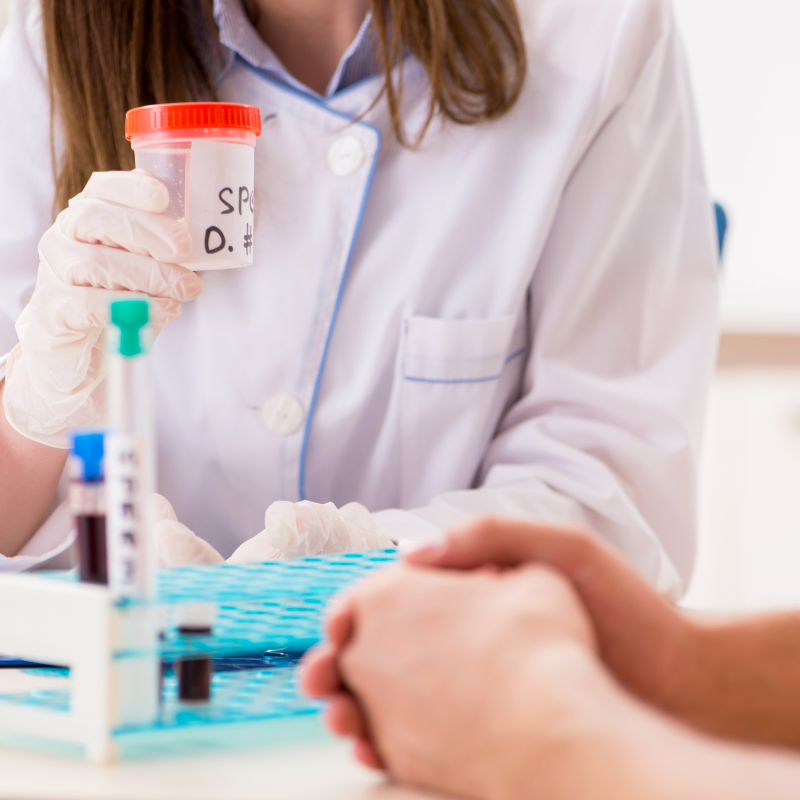
Method:
Ovulation induction involves the use of medications such as Clomiphene Citrate or Gonadotropins, which help regulate the hormones responsible for egg production. The goal is to stimulate the ovaries to produce a mature egg, ready for fertilization during intercourse or assisted reproductive technologies such as Intrauterine Insemination (IUI) or In Vitro Fertilization (IVF). This treatment is typically combined with careful monitoring of hormone levels and ultrasound scans to determine the best time for conception.
Who Can Benefit:
IUI is often recommended for couples dealing with mild male infertility issues, unexplained infertility, or women with conditions like endometriosis. It is also used by single women or same-sex couples who wish to conceive using donor sperm.

4. In Vitro Fertilization (IVF)
Purpose:
In Vitro Fertilization (IVF) is one of the most well-known fertility treatments and is often considered the most effective option for those facing more complex fertility issues. IVF involves combining sperm and eggs outside the body to facilitate fertilization, embryo development, and implantation.
Method:
The IVF process begins with ovarian stimulation, during which medications are used to encourage the ovaries to produce multiple mature eggs. Once the eggs are ready, they are retrieved through a minor surgical procedure. These eggs are then combined with sperm in a laboratory dish, and fertilization occurs naturally or through the use of Intracytoplasmic Sperm Injection (ICSI) if necessary.
The resulting embryos are monitored for several days, and the healthiest ones are selected for transfer into the woman’s uterus. The remaining viable embryos can be frozen for future use. If successful, the transferred embryo will implant in the uterine lining, leading to pregnancy.
Who Can Benefit:
IVF is an option for a wide range of individuals and couples, including those with blocked fallopian tubes, advanced maternal age, severe male infertility, or unexplained infertility. It is also commonly used by women who have had unsuccessful attempts with other treatments.
5. Intracytoplasmic Sperm Injection (ICSI)
Purpose:
Intracytoplasmic Sperm Injection (ICSI) is a specialized technique used in conjunction with IVF to address male infertility. This procedure involves the direct injection of a single sperm into an egg to facilitate fertilization, making it an essential option for men with low sperm count, poor sperm motility, or issues with sperm morphology.
Method:
In the ICSI process, a single healthy sperm is carefully selected and injected directly into a mature egg using a fine needle. This helps overcome challenges where sperm might struggle to penetrate the egg naturally. Once fertilization occurs, the embryo is allowed to develop for a few days in a laboratory, after which it is transferred into the woman’s uterus as part of the standard IVF protocol.
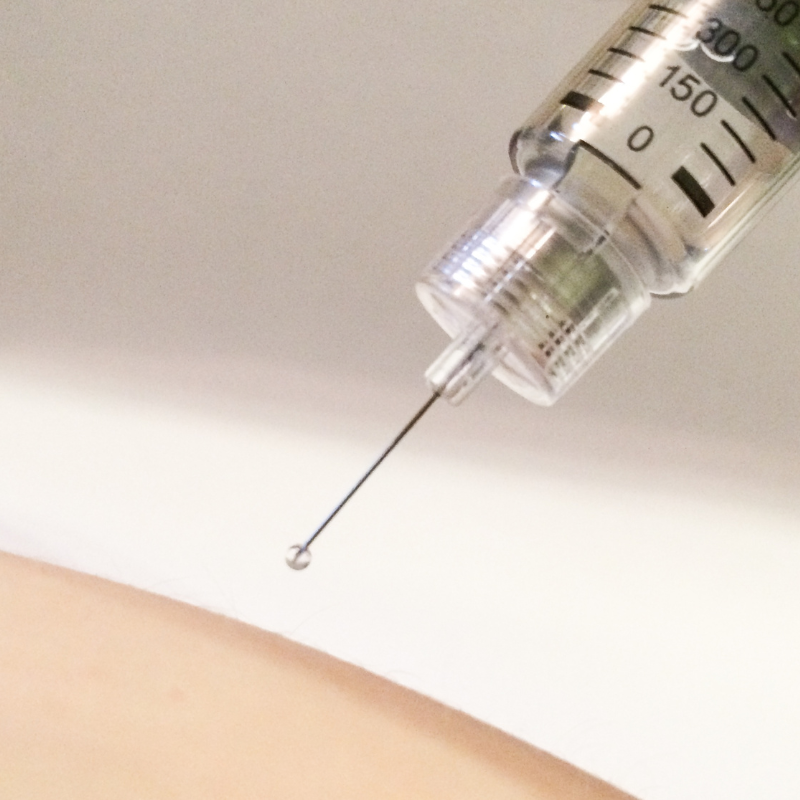
Who Can Benefit:
ICSI is highly effective for couples facing male infertility challenges, including low sperm count, sperm motility issues, or previous failed fertilization attempts during IVF. It has also been beneficial for couples using previously frozen eggs or sperm, where the natural fertilization process may be compromised.
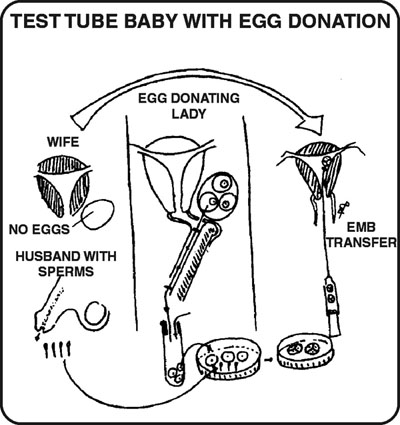
6. Egg Donation
Purpose:
Egg Donation is a fertility treatment designed for women who cannot produce viable eggs, often due to advanced age, premature ovarian failure, or other medical conditions. This option involves using eggs from a donor to help achieve pregnancy, often in combination with IVF.
Method:
In an egg donation cycle, eggs are retrieved from a donor who has undergone ovarian stimulation. The donated eggs are then fertilized with sperm (usually from the recipient’s partner) using IVF. The resulting embryos are monitored, and one or more are transferred to the recipient’s uterus for implantation. The remaining embryos can be frozen for future use.
Who Can Benefit:
Women who have experienced premature ovarian failure, those who are unable to produce eggs due to medical treatments such as chemotherapy, or women in advanced reproductive age often turn to egg donation. Additionally, same-sex male couples or single men seeking to start a family can also benefit from this treatment.
Conclusion
Fertility treatments have revolutionized the way individuals and couples approach reproductive health, offering solutions to a wide variety of infertility challenges. Whether it’s through Ovulation Induction, IVF, egg donation, or sperm freezing, these treatments not only increase the chances of conception but also provide hope and emotional support during an often difficult journey. With ongoing advancements in technology and medicine, the future of fertility treatments looks promising, giving more people the opportunity to achieve their dreams of parenthood.
